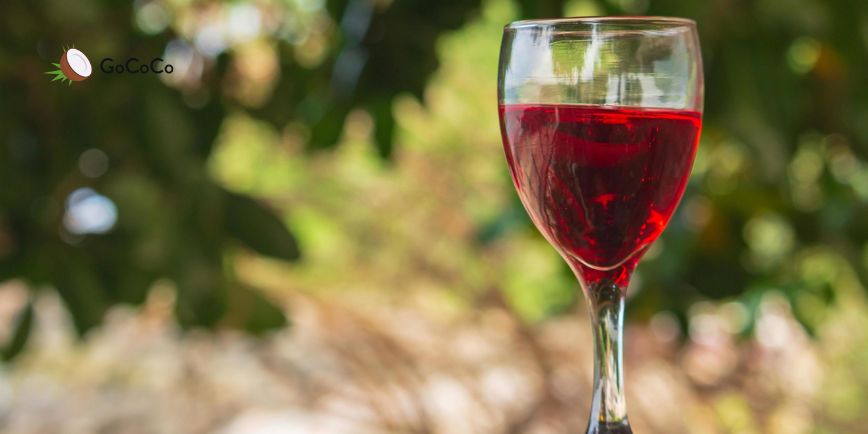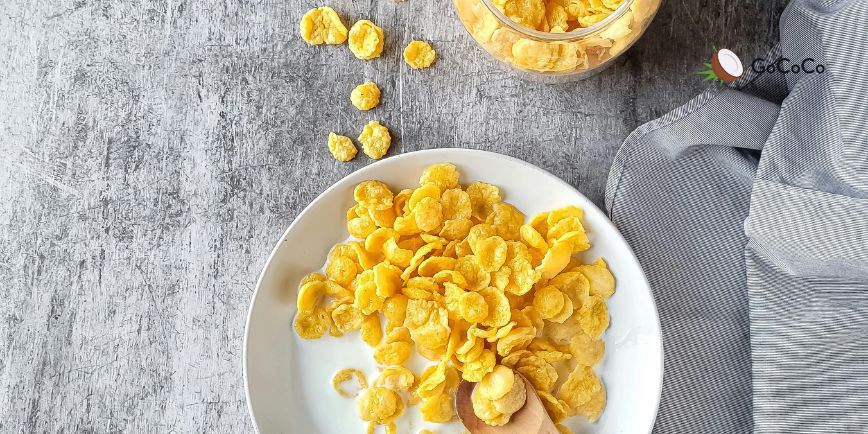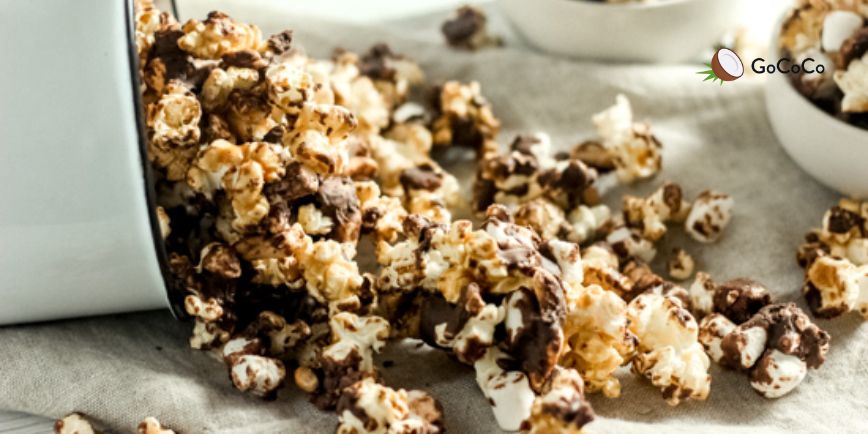
At its simplest, peanut butter should contain just peanuts and sometimes salt. These ingredients are naturally gluten free, which means most plain peanut butter is safe for people avoiding gluten.
But as with many packaged foods, the real issue isn’t always what’s in the jar,it’s what could have gotten into it during processing.
🥥Want more gluten-free food guides? Browse our full Nutrition section for easy-to-understand answers.
Not all peanut butter brands are created equal. Here are some things to watch for:
If you have celiac disease or are highly sensitive to gluten, look for labels that confirm gluten-free certification, or opt for brands that use dedicated facilities.
For a more nourishing option,whether you avoid gluten or not,look for peanut butter that is:
Better yet, consider making your own at home with roasted peanuts and a food processor. It’s easier than you think and you know exactly what’s going on.
If you want full control over your ingredients, homemade peanut butter is one of the simplest foods to prepare.
🥄 How to Make Peanut Butter at Home
Ingredients: 2 cups roasted peanuts (unsalted or lightly salted).Optional: pinch of salt, cinnamon, or a dash of vanilla
Instructions:
No added sugars, no preservatives, and no mystery ingredients,just real food made by you.
💡Some candy bars and snacks use peanut butter as a main ingredient. If you're curious, Snickers is one example where checking both the peanut content and gluten status matters.
So, is peanut butter gluten free? Most of the time, yes,especially if you stick to natural, plain versions with minimal ingredients.
But if you’re gluten-sensitive or have celiac disease, it’s important to check for cross-contamination warnings and additives.
Peanut butter is often paired with bread,if you're gluten-free, be sure to check out our picks for the best gluten-free bread to complete your PB&J or toast.


